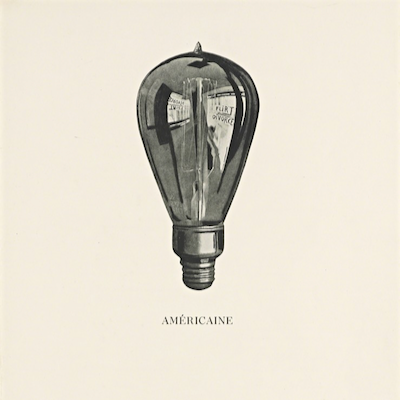
Details
Artist
Styles
Acrylic resin // Enrico Baj's Testa d’uomo (1969) is an acrylic resin sculpture featuring playful and abstract facial imagery. The tall, rectangular acrylic sheet serves as the head, with two colorful concentric circles in red, black, and green representing eyes, giving the sculpture an animated, whimsical appearance. A diagonal rectangular piece protrudes from the face, possibly symbolizing a nose or another abstract element, enhancing the quirky and surreal quality of the figure. The transparent nature of the acrylic allows light to pass through, adding a sense of weightlessness and fluidity to the overall form. Baj’s signature playful approach to human representation is evident, blending humor with geometric simplicity.
Testa d’uomo, 1969
form
Medium
Size
35 x 9.5 X 4.1 cm
- Inches
- Centimeters
Edition
Price
- USD
- EUR
- GBP
Details
Artist
Styles
Acrylic resin // Enrico Baj's Testa d’uomo (1969) is an acrylic resin sculpture featuring playful and abstract facial imagery. The tall, rectangular acrylic sheet serves as the head, with two colorful concentric circles in red, black, and green representing eyes, giving the sculpture an animated, whimsical appearance. A diagonal rectangular piece protrudes from the face, possibly symbolizing a nose or another abstract element, enhancing the quirky and surreal quality of the figure. The transparent nature of the acrylic allows light to pass through, adding a sense of weightlessness and fluidity to the overall form. Baj’s signature playful approach to human representation is evident, blending humor with geometric simplicity.
- Recently Added
- Price (low-high )
- Price (high-low )
- Year (low-high )
- Year (high-low )
Enrico Baj
Catherine Henriette De Balzac D’Etrague Marquise De Verneuil, 1978
Sculpture / Object
Mixed Media
EUR 9,500
Enrico Baj
Manifesto Per La Mostra Enrico Baj, Palazzo Dei Diamanti, Ferrara, 1977
Limited Edition Print
Silkscreen
EUR 1,500
What is dada?
Also known as Dadaism, Dada was a literary and artistic movement that began in 1916 in Zurich, Switzerland. It emerged as a rejection of rationalism and nationalism, which were seen as contributing factors to World War I. The movement had political undertones and was strongly anti-war. Dada activities included demonstrations, gatherings, and the publication of literary and art journals that explored cultural and political topics.






























